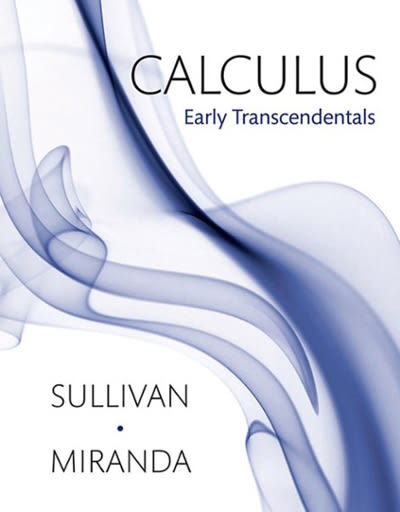Question
Q1-what is statistics and why is it important to science? ( 5 Marks ) Q2- Indicate whether each of the following F statistics are significant
Q1-what is statistics and why is it important to science? (5 Marks)
Q2- Indicate whether each of the following F statistics are significant based on the following information, assuminga = .05. (3 Marks)
- F (4, 120) = 3.26
- F (2, 60) = 3.10
- F (6, 500) = 2.14
Q3- State the THREE assumptions for ANOVA and define each. Identify which, if any, of the assumptions that can be violated. (8 Marks)
Q4- Identify 5 factors that influence the magnitude of the t-test. (5 Marks)
Q5- A researcher thinks that people who drive red cars drive faster than people who drive white cars. He recorded the speed of a random sample of red and white cars on a highway. The data follow. (10 Marks)
| Red Cars | White Cars | |
| Mean | 72.5 mph | 69.75mph |
| Variance | 7.32 mph | 9.85 mph |
| Sample Size | 53 | 49 |
a)What is the research hypothesis?
b)Is a one-tail or a two-tail test more appropriate?
c)Calculate the appropriate statistical test.
d)Is the research hypothesis supported? Explain?
Q6- Calculate the correlation coefficient for the previous data. Is it significant? brief statement to explain the results. (10 Marks)
| Self-esteem | Grades |
| 10.00 | 83.00 |
| 9.00 | 97.00 |
| 8.00 | 92.00 |
| 7.00 | 83.00 |
| 7.00 | 93.00 |
| 6.00 | 97.00 |
| 6.00 | 75.00 |
| 6.00 | 68.00 |
| 5.00 | 59.00 |
| 4.00 | 65.00 |
Q7- Identify the three measures of central tendency, define each, and indicate which is the best to use and why. (7 Marks)
Q8- Briefly define post-hoc tests and explain what the main difference is between 'liberal' and 'conservative' of post-hoc tests? (5 Marks)
Q9- Answer the following questions based on this SPSS output. (10 Marks)


Step by Step Solution
There are 3 Steps involved in it
Step: 1

Get Instant Access to Expert-Tailored Solutions
See step-by-step solutions with expert insights and AI powered tools for academic success
Step: 2

Step: 3

Ace Your Homework with AI
Get the answers you need in no time with our AI-driven, step-by-step assistance
Get Started


